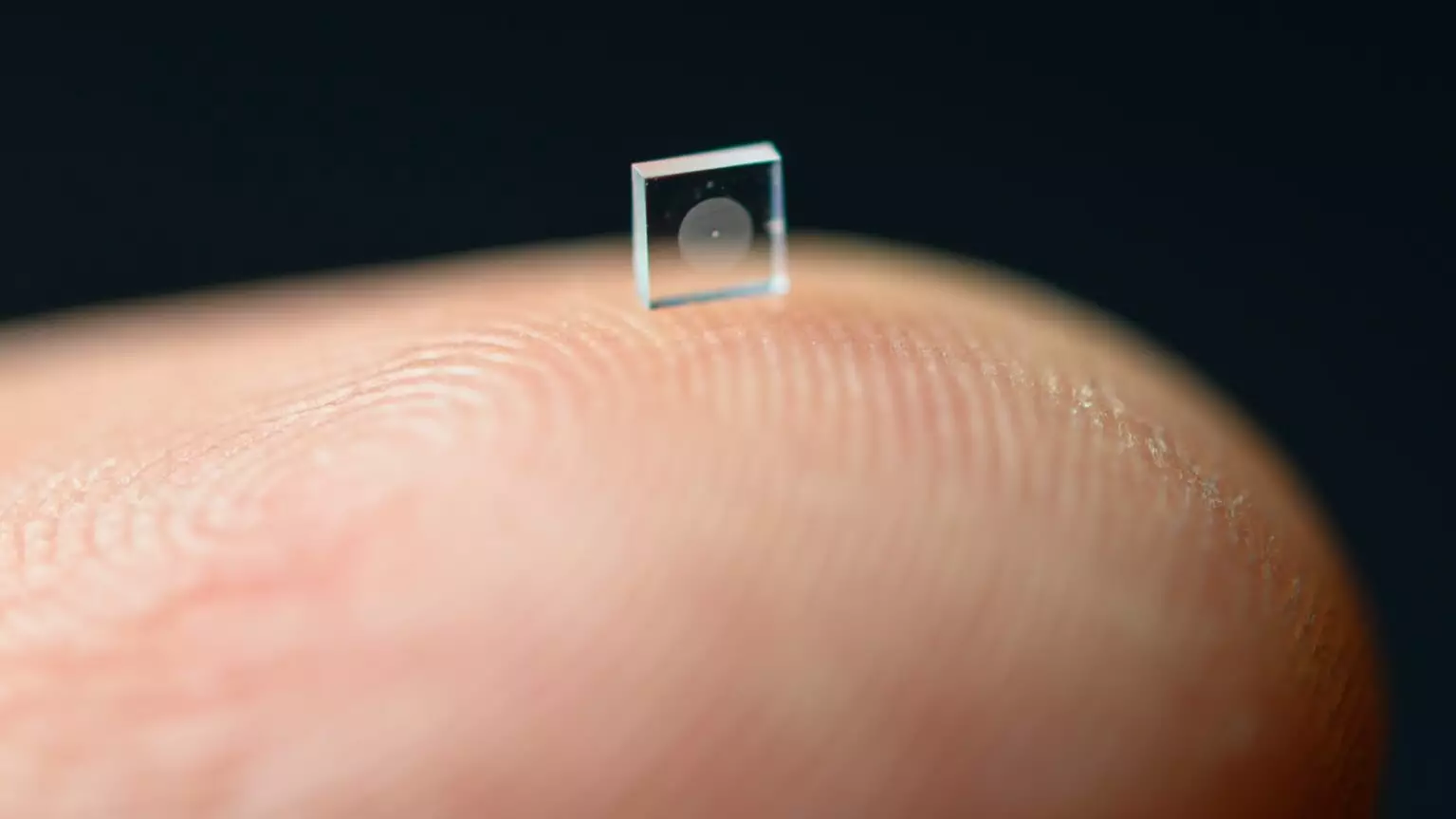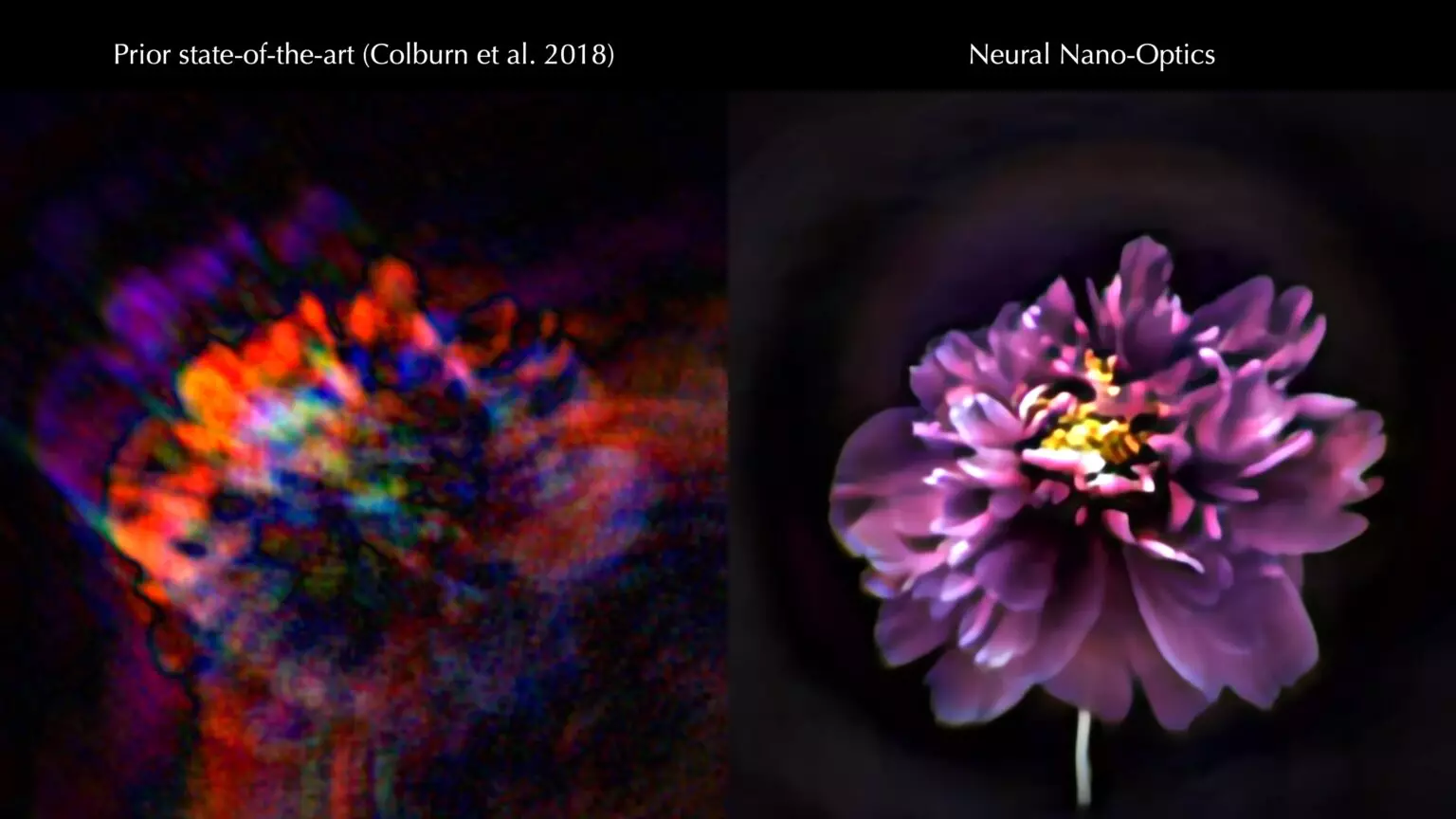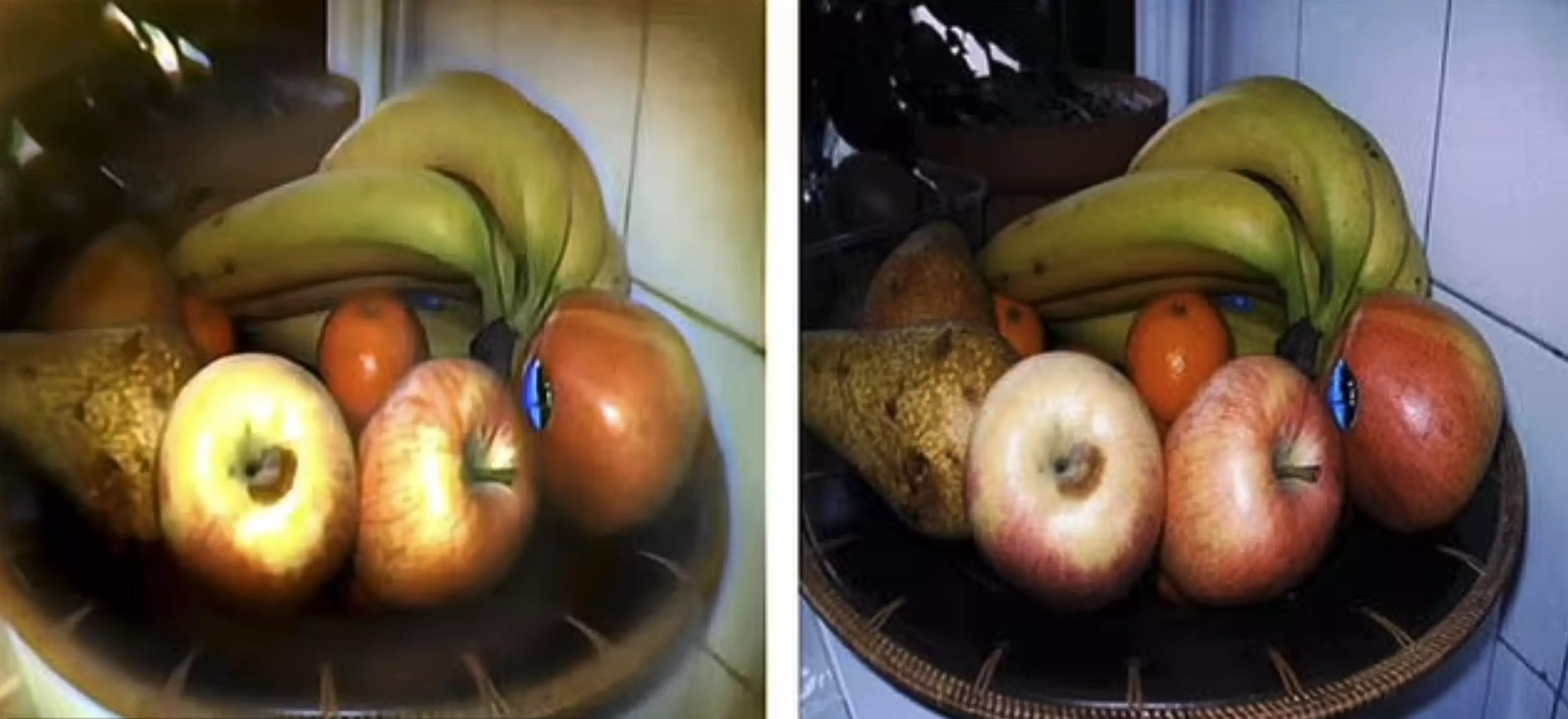
Researchers from Princeton University and University of Washington have unveiled a tiny camera that, despite its size, can take impressive images.
It's the size of a grain of salt but it can still capture objects at a close distance in stunning detail thanks to the technology housed inside it's glass-like casing.
Previously released micro-cameras have produced fuzzy or blurry images that distort what is actually there.
Advert
However, this joint project has seen 'crisp, full-color images on par with a conventional compound camera lens 500,000 times larger in volume'.
The two universities have released their findings in a paper published in Nature Communications where they go into detail about how they were able to create such an incredible machine on such a small scale.

They said normal cameras use 'a series of curved glass or plastic lenses to bend light rays into focus', however their micro-camera 'relies on a technology called a metasurface'.
Advert
According to the researchers, the metasurface is just half a millimetre wider and is studded with 1.6 million cylindrical posts. Each of these posts are roughly 'the size of the human immunodeficiency virus (HIV)', aka it's microscopically tiny.
These posts analyse the 'optical wavefront' in front of it and use 'machine learning-based algorithms' to work out how the red, green and blue (RGB) light is filtered on different objects.
Once all that is combined together, they're able to take high-quality images.
Ethan Tseng, a computer science Ph.D. student at Princeton who co-led the study, said in a statement: "It's been a challenge to design and configure these little nano-structures to do what you want.
Advert
"For this specific task of capturing large field of view RGB images, it was previously unclear how to co-design the millions of nano-structures together with post-processing algorithms."

You're probably wondering what the hell a camera of that size is useful for.
No, the creators of this device aren't hoping you take this bad boy on your next European holiday to take happy snaps and upload them to Instagram.
Advert
A press release from Princeton University said they are hoping this micro-camera will be helpful in the medical field.
"Enabled by a joint design of the camera's hardware and computational processing, the system could enable minimally invasive endoscopy with medical robots to diagnose and treat diseases, and improve imaging for other robots with size and weight constraints," it said.
"Arrays of thousands of such cameras could be used for full-scene sensing, turning surfaces into cameras."
They're now setting their sights on getting the image quality even better on the camera as well as improving the object detection technology 'and other sensing modalities relevant for medicine and robotics'.
Featured Image Credit: Princeton UniversityTopics: News, Technology